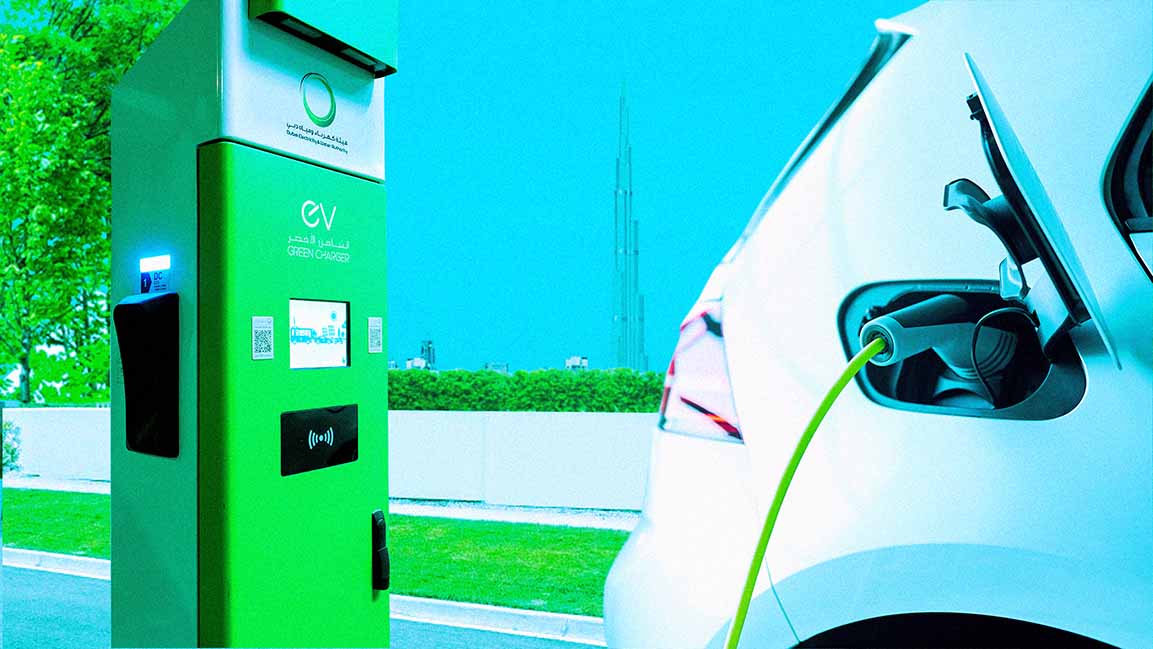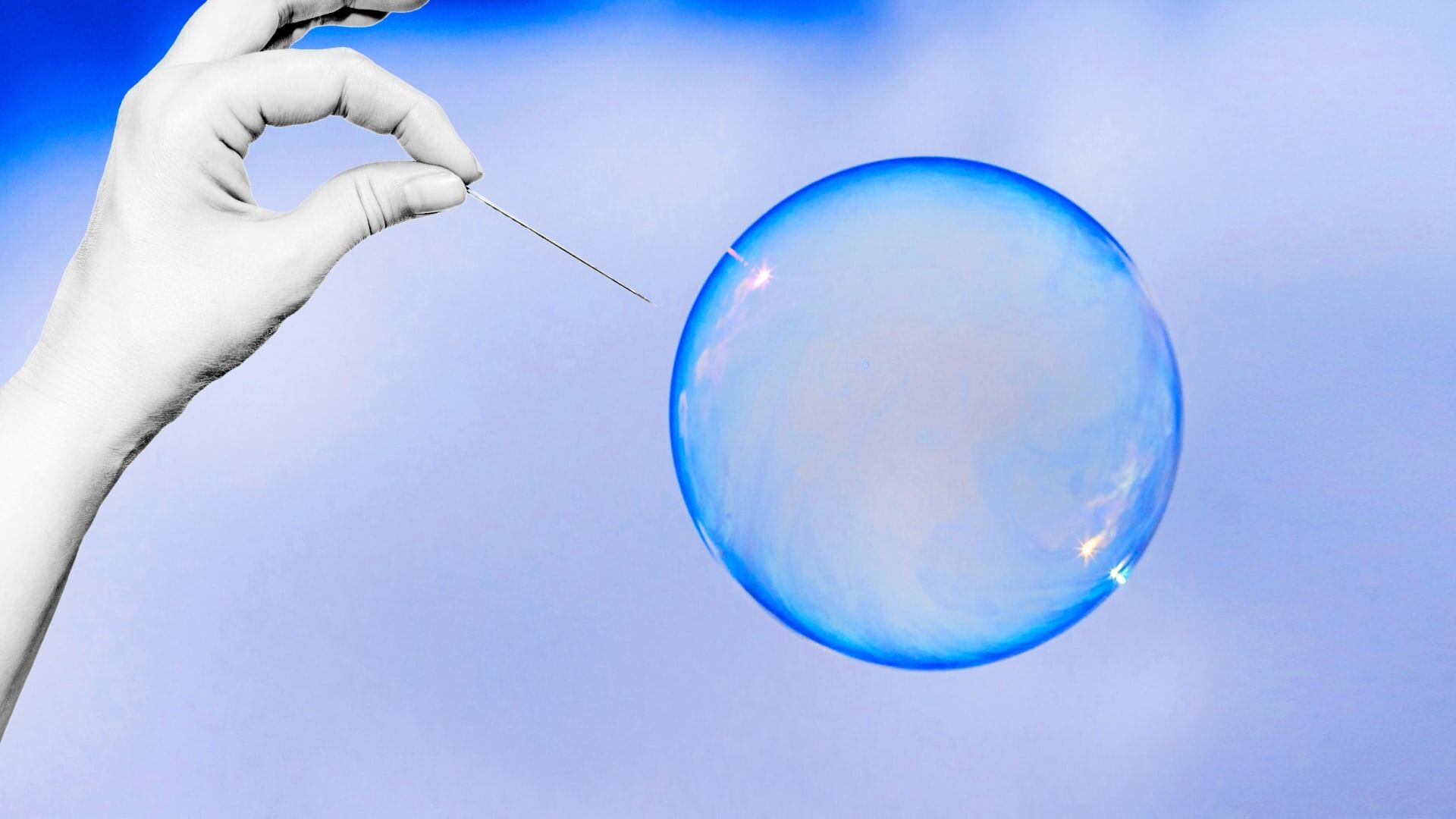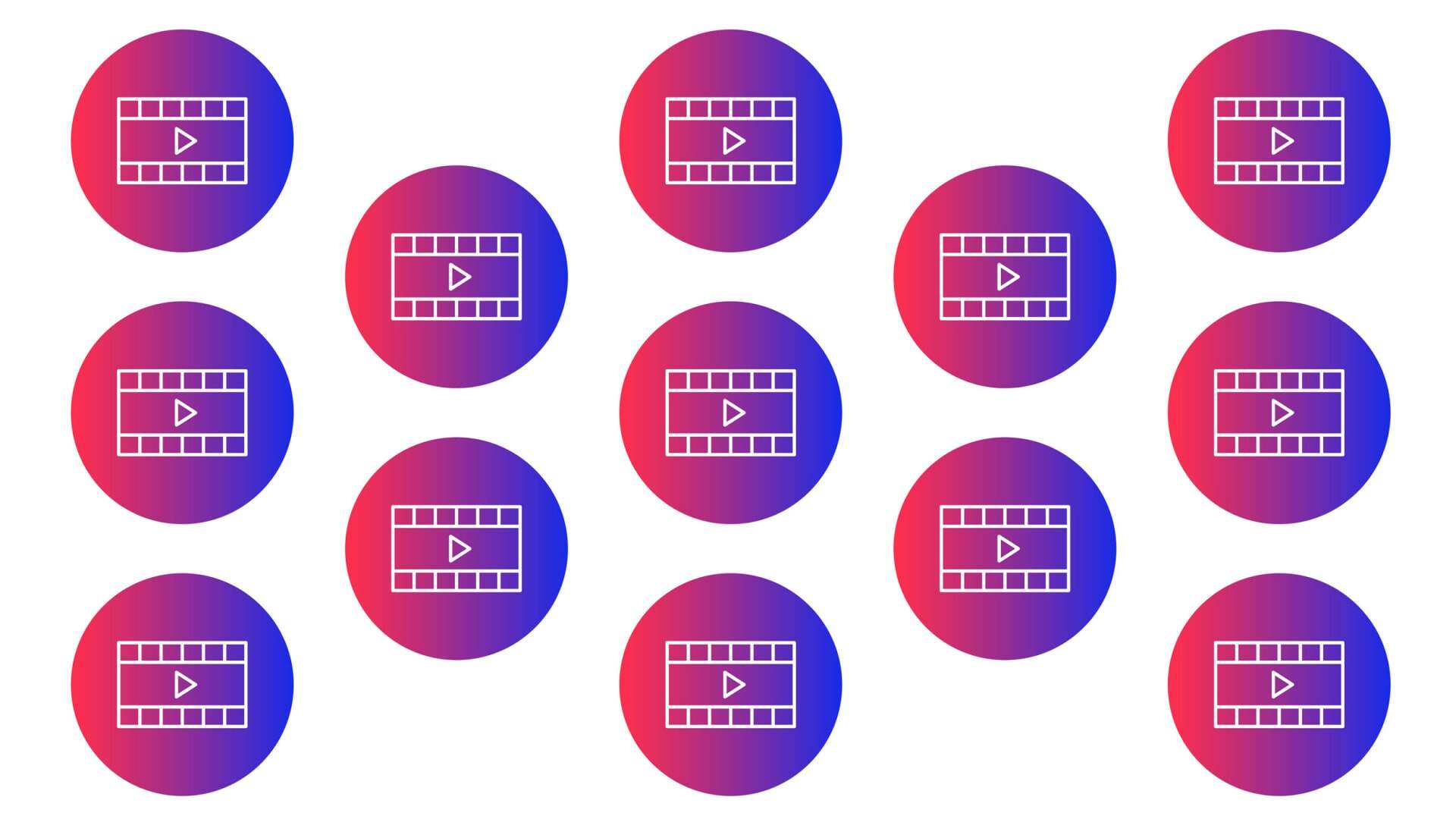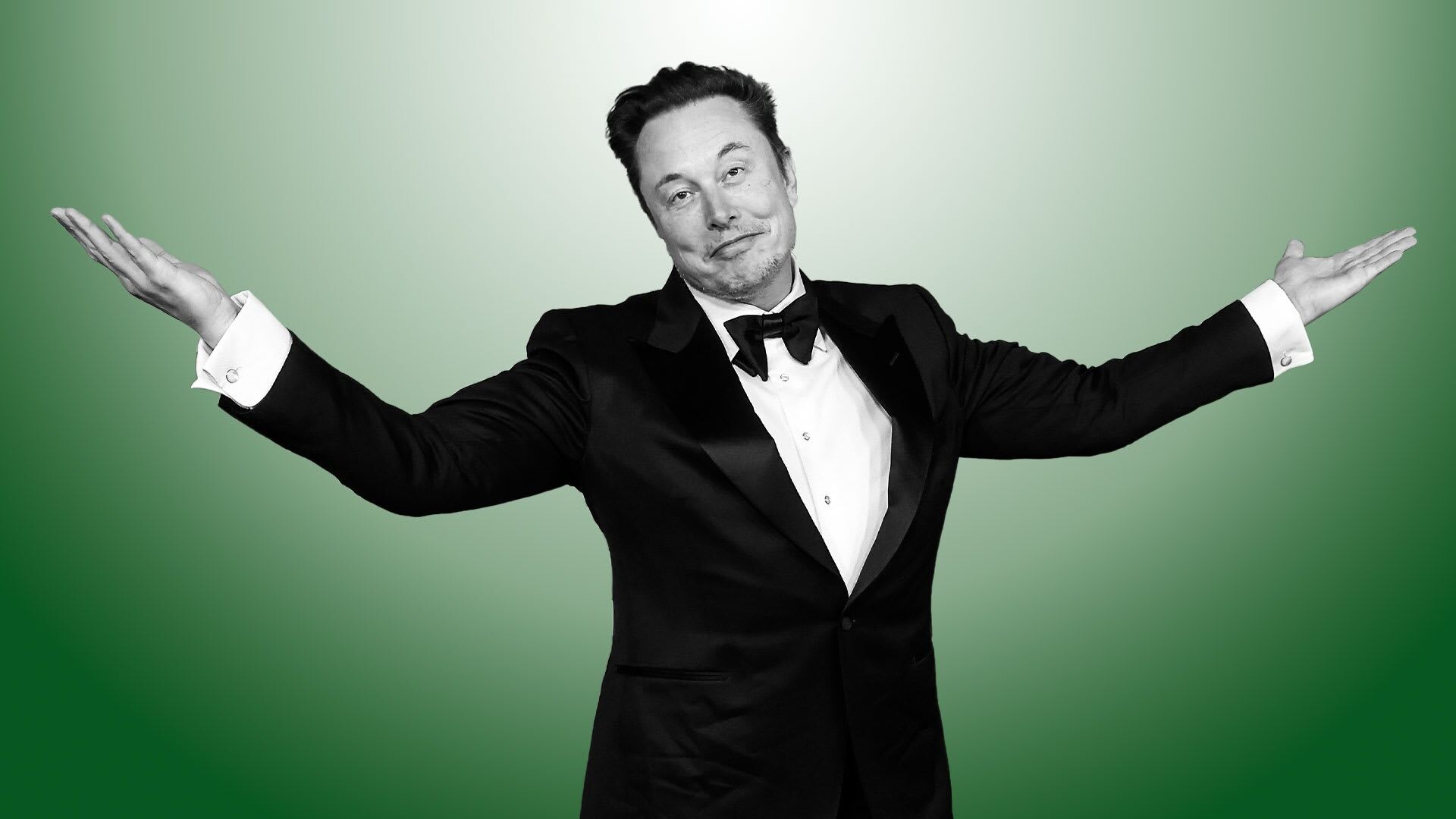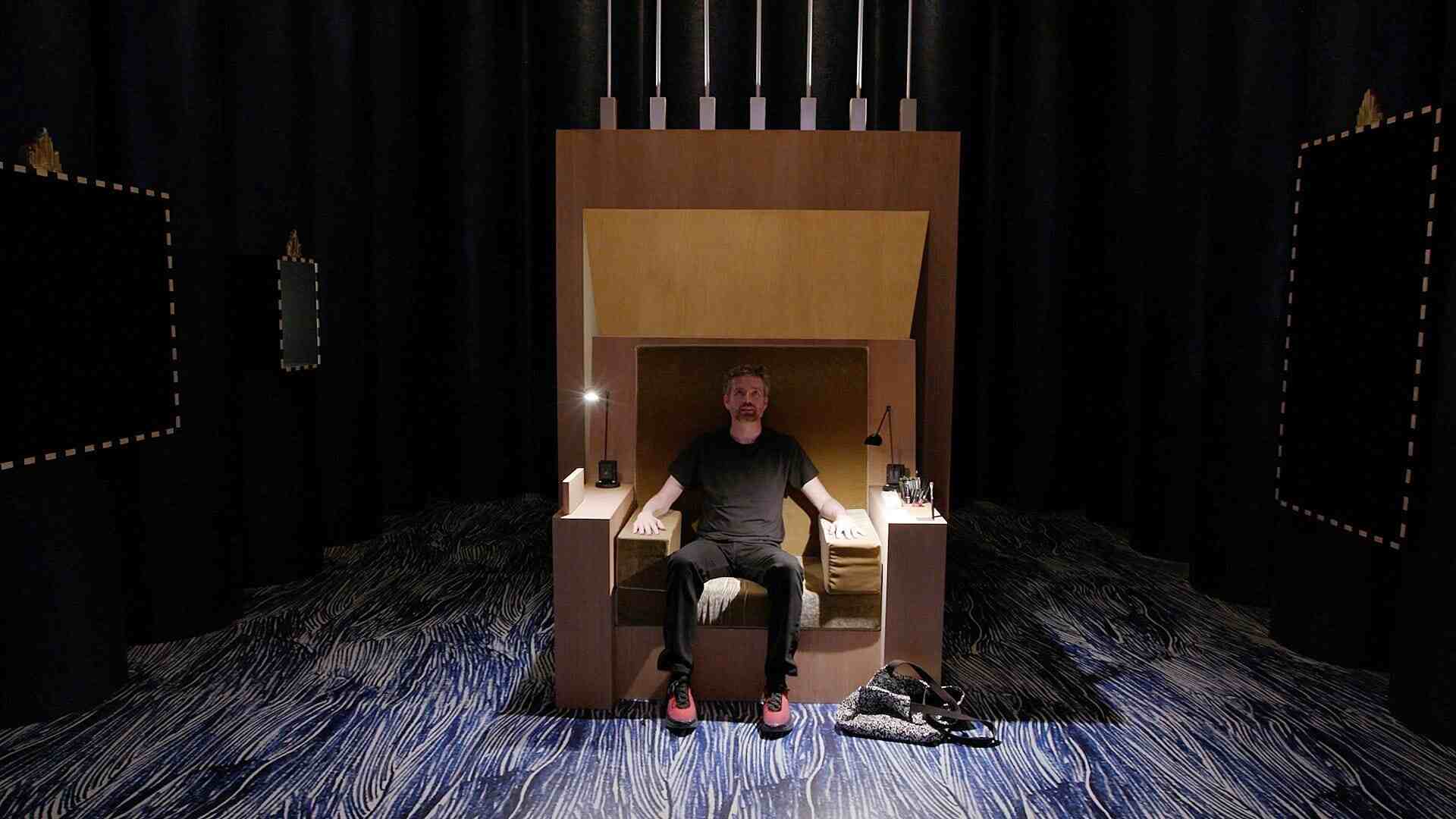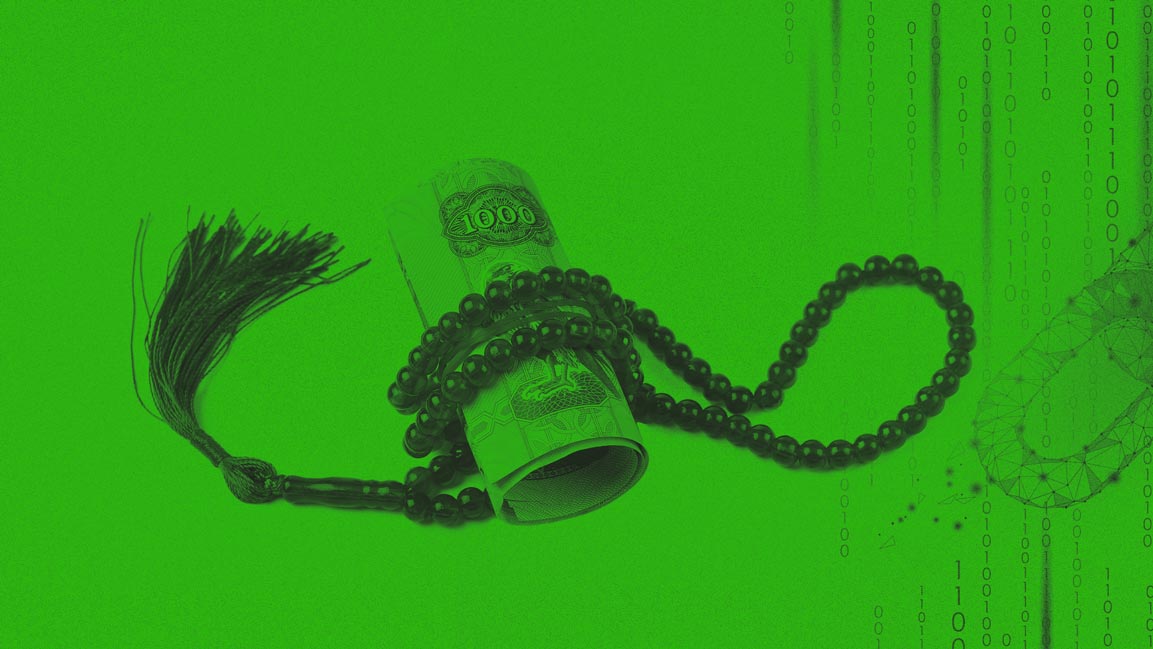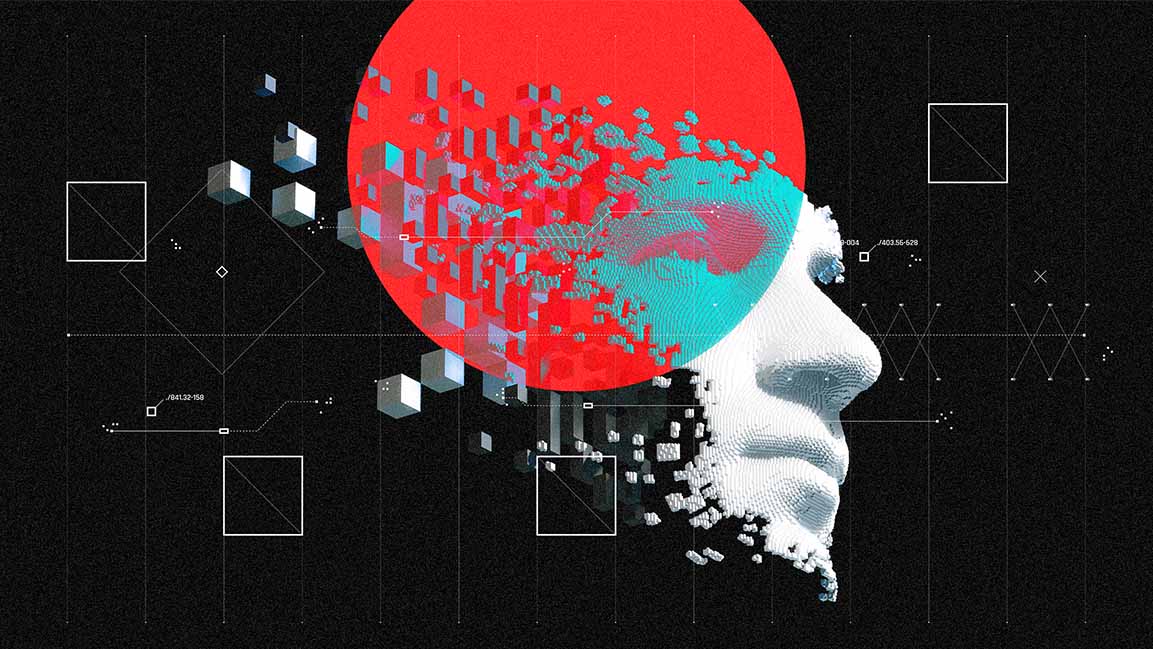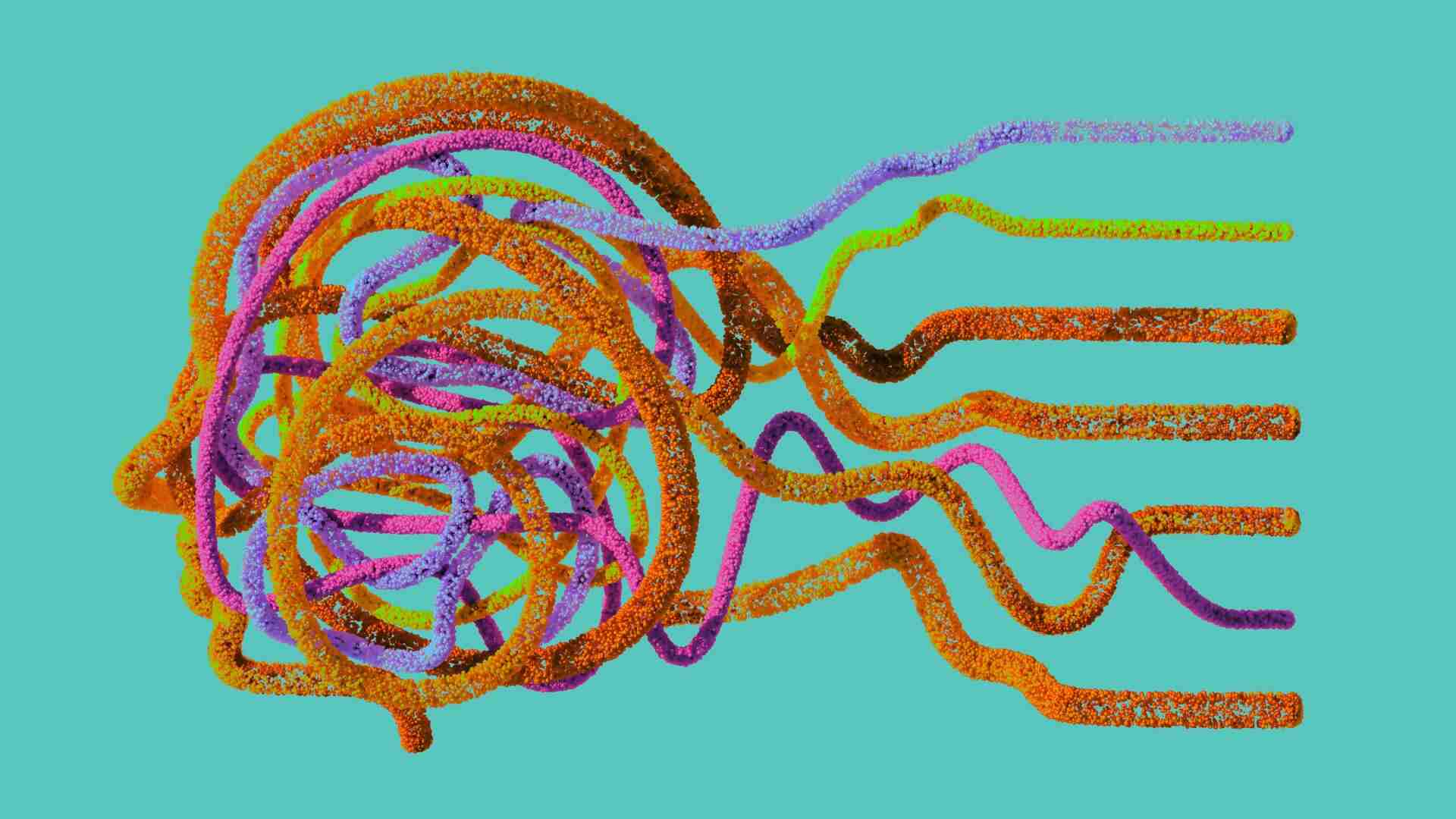- | 8:00 am
When advertisers get scary—and the horror of self-indulgence
New ads for Ford’s F-150 Raptor and KFC reveal the power of horror to get our attention and how it’s harder than it looks to do it well.
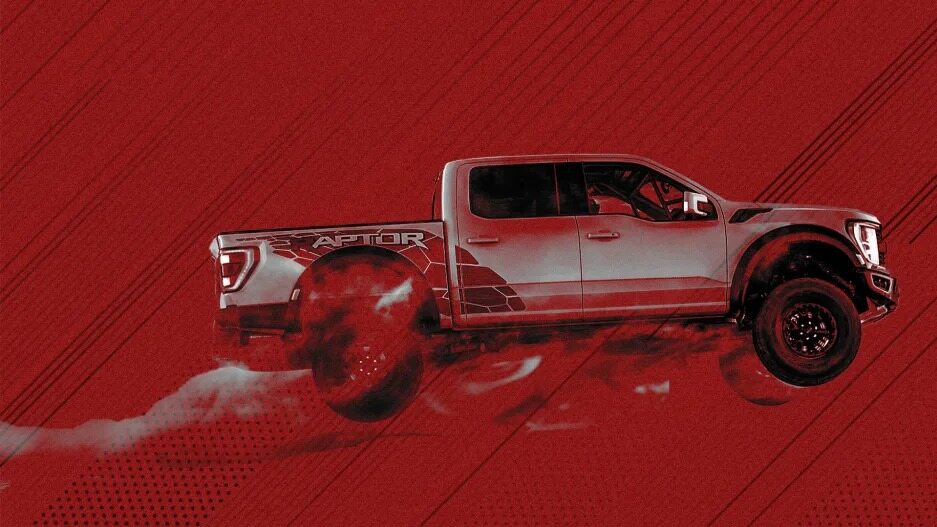
You’re in the desert. It’s daytime. There’s a scorpion. No, wait, it’s nighttime. Truck lights in the distance. Cut to truck interior: Dark, can’t see anything. Truck racing through the desert. Spooky shadows. Moon turns to fireball. Truck is doing donuts? Is it being chased? By what? A snake! Wolf! Not chasing, just standing there. Truck stops. Driver squints into the darkness. Cut to: Burning cactus. A creepy hand reaches over a rearview mirror. Truck takes off, jumps desert dune under a blood red moon. Fin.
The film I just described isn’t a new horror thriller on Netflix: It’s a new ad for the Ford F-150 Raptor R truck. The video is called “Scary Fast.” It could just as easily be called “WTF.”
The failure of the Ford ad needs to be reckoned with because if brands are going to try to surf the zeitgeist, they need to understand why this film bombs. As luck would have it, that spot wasn’t even the only major brand to play with horror this week, so we have an interesting comparison of two brands playing with the cool new thing—and each failing in different ways that should serve as an object lesson moving forward.
THE CURRENT THING
Horror is hot. Nope, The Black Phone, the new Scream, and of course, the most recent season of Stranger Things are pop culture hits. According to Netflix’s recent shareholder letter, people watched a collective 1.3 billion hours of Stranger Things, season four, in its first four weeks, making it the company’s most popular season of English-language TV in its history.
No wonder advertisers want in on the trend.
In a time when the fight for our increasingly fragmented attention is so heightened, marketers’s one-two punch, as it were, is making us laugh and scaring the hell out of us all at the same time. (Further down the list: making us cry our eyes out.) Humor—or attempts at it, anyway—is arguably overused, but horror still feels fresh enough to break through. It’s actually surprising, then, that advertisers don’t use horror more often, though there are some notable precedents. One of my favorite examples of brands using horror is the 2017 Skittles spot, “Floor 9.5,”which was part of a collection of shorts from Mars brands for Halloween. Another is Dirt Devil’s “Exorcist” from 2011. The latter has a hilarious twist that I won’t spoil for you, but both deftly set a mood and crucially tell a story in a very short period of time.
Horror works because, well, brain science. The thrill of horror stories comes from something called excitation transfer, as sociologist Margee Kee told The Atlantic back in 2013. After the fear-induced reactions, such as accelerated heart rate, heavy breathing, and maybe flop sweat wear off, we experience intense relief. As a result of these positive feelings, our brains are flooded with feel-good chemicals.
When was the last time an ad did that for you?
BORING AND ENDLESS IS NO WAY TO GO THROUGH LIFE
Ford tries to transform a truck ad into a grindhouse-style horror clip, but as my narrated experience, above, of what it’s like to watch the ad reveals, all we get is a collection of loosely related, flashy visuals. The idea had potential—and the agency behind it, Wieden+Kennedy, knows how to do creative storytelling. It hired an up-and-coming talent in Lauren Sick to direct. But it seems to have gotten a bit too besotted with everything it could do with this idea. It designed complementary merch to go with the vibe of the spot, from T-shirts to horror novel slipcovers for owner manuals to back seat air-sickness bags. So “Scary Fast” has all the accoutrements of a, er, killer campaign spot. Alas, it’s all style, no story. No beginning, no middle, no end. No coherent message.
At least the confusingly limp execution is only two minutes long.
Like Ford, KFC in Spain went full horror-nostalgia vibes with a short film called La Massacre, following a group of friends to an abandoned cabin where they eventually meet with a pizza-inspired demise. Great start, fun casting. What’s the problem then?
La Massacre drags its story out to a full 14 minutes. If you want people to spend 14 minutes with your branded content, it first better be Sundance- or Tribeca-worthy as a short film—and as an ad second.
ADVERTISING CAN’T STAND STILL
Charles Byers, marketing professor at Santa Clara University’s Leavey School of Business, says that current research pegs attention spans for small-screen videos at 3 to 5 minutes. “Anything beyond 5 minutes is, at best, pure waste, and at worst, bad messaging and production,” he says. Unfortunately, La Massacre doesn’t pass that video-length litmus test.
“The focus should be on achieving outcomes and how to influence behavior,” Byers adds, “not on outputs or, ‘How much can I say about me.’”
That’s a harsh take on long-form brand content when you consider work like The Day Sports Stood Still, an 85-minute doc created by Nike’s Waffle Iron Entertainment that’s streaming on HBO, and any number of projects Observatory has created for such brands as eBay, Bonobos, and Doritos over the years. But Byers does hit a nerve in that he’s delivering advice that most brand content should probably adhere to. (It’s not horror, but I have to mention the horrifyingly long Liquid Death exercise video spoof with comedian Bert Kreischer. It’s hilarious! Buuuut with a 9-minute running time, it’a about 6 minutes too long.)
Using the style and moods of horror as an advertising tool is smart. Like comedy. horror is a a genre of emotion. And emotion is what gets an audience’s attention.
Whether it’s Ford’s lack of a story, or KFC and Liquid Death’s lack of time constraints, all of these appear to have one thing in common: At no time, it seems, did their creators consider how the audience would be engaging with the work, and whether it really, truly, would be worth their time. In a world where our attention span has become such a finite resource, that’s just scary.
Most Innovative Companies comes to the Middle East this October! Click here to know more.







